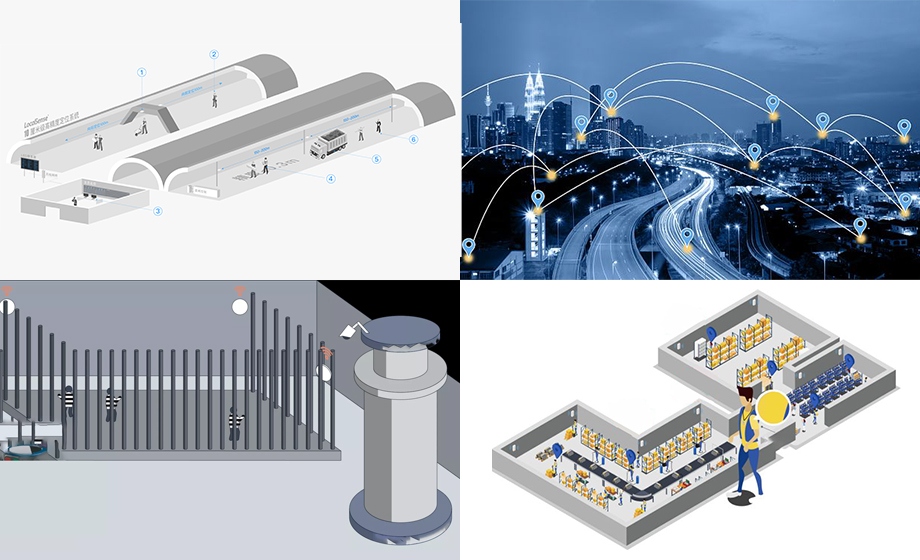How does UWB module positioning technology achieve positioning? Do you know the technical nature of UWB? It is actually a new type of wireless communication technology, based on the immediate adjustment of impulse pulses with very steep rise and fall times, so that the signal has a bandwidth of the gigahertz. This type of technology solves the major problems related to the communication level that have puzzled traditional wireless technology for many years. It has the characteristics of insensitivity to channel fading, low power spectral density of transmitted signals, low interception capability, low system software complexity, and can produce several centimeters. positioning accuracy and other advantages. Therefore, it will be used in the positioning level more at this stage. At this stage, the key of UWB module positioning is based on three positioning algorithms: TOF ranging positioning, TDOA positioning, and AOA positioning. So how is UWB module positioning achieved? The following editor will give you a detailed introduction.

UWB module positioning technology: TOF positioning, TDOA positioning, AOA positioning three UWB positioning technologies.
1. Positioning TOF
TOF positioning is to calculate the position after the ranging is completed, and initiate ranging with the ranging method, tag and each base station that needs to be positioned. In zero-dimensional mode, only one base station is required for ranging. In one-dimensional mode, at least one base station is required for ranging. In two-dimensional mode, distance measurement with at least three or more base stations is required, and in special mode, distance measurement with two base stations is possible. 3D requires distance measurements with four base stations.
2. Positioning TDOA
TDOA is positioning based on time difference of arrival, which requires accurate time synchronization in the system. There are two types of time synchronization, one is wired time synchronization, the wired time synchronization can be controlled within 0.1ns, and the synchronization accuracy is very high, but due to the wired time, all devices either use the central network or cascade, but the increase The complexity of network maintenance also increases the complexity and cost of construction. In addition, there is a special wired time synchronizer, which is expensive.
The other is wireless synchronization. Wireless synchronization can generally reach 0.25ns, and its accuracy is slightly lower than that of wired synchronization, but its system is relatively simple. Base station positioning only requires power supply, and WiFi can be used for data backhaul, effectively reducing costs. After base station time synchronization, the tag will send a broadcast report. After the base station receives it, the tag receives the timestamp of the newspaper and sends its content to the computing server. The calculation server locates the time stamp of the newspaper to other base stations, and calculates the specified position.
3. Positioning AOA
AOA positioning usually calculates the angle of arrival based on the method of phase difference. In general, it is not used alone. Since AOA involves angular resolution, if a simple AOA is used for positioning, the further away from the base station, the worse the positioning accuracy. AOA can locate with TOF during ranging. In this mode, positioning can be done by a single base station, or two base stations can be achieved by AOA.
UWB module positioning technology implementation process:
1. Repeat each positioning tag to send data frame with UWB pulse
2. The positioning base station receives the UWB burst sent by the positioning tag
3. Each positioning base station measures the time when the data frame of each positioning tag arrives at the receiver antenna, and adopts a high-sensitivity short-pulse detector.
4. Realize communication between positioning base station and background server through WIFI or Ethernet
5. The positioning engine refers to the calibration data sent by the tag, determines the time difference between the tag reaching different positioning base stations, and uses the TDOA algorithm to calculate the position of the tag.
6. Terminal equipment (application software) that displays the location of the positioning label



